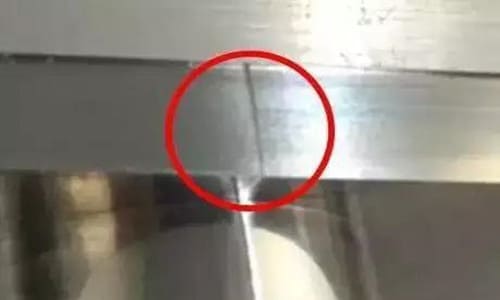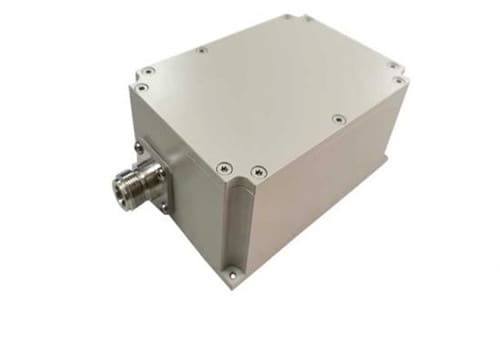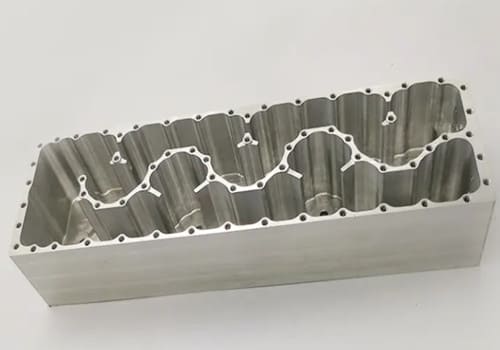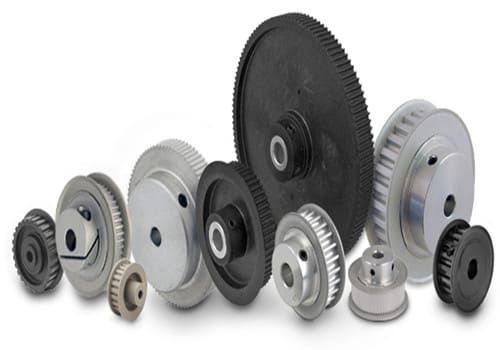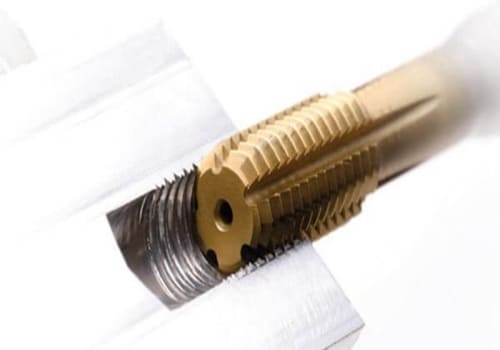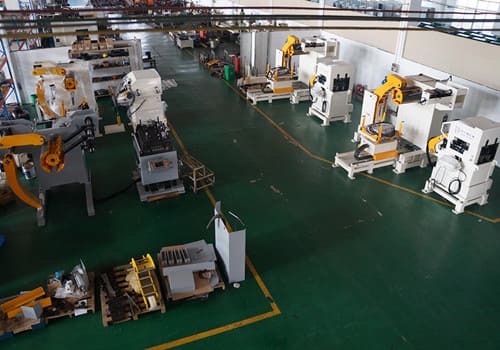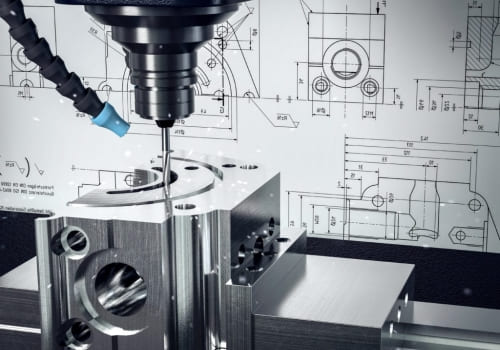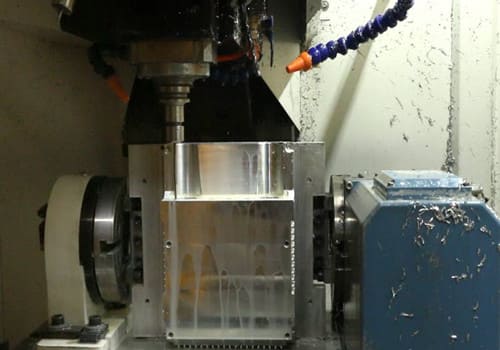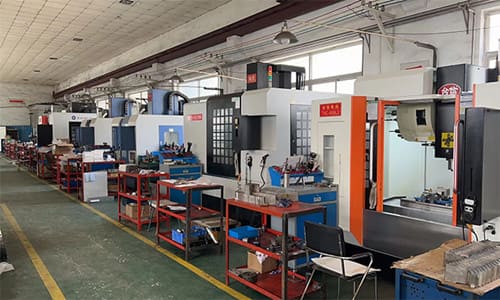The rapid development of the machining industry makes all parties have higher and higher requirements for the quality of machined parts. In the CNC machining process, the problem of tool marks is one of the key quality defects, which not only makes the quality of the parts unable to be effectively guaranteed, but also lays down serious safety hazards that need to be dealt with in time.
This article is a detailed analysis of the prevention and improvement of tool marks.
1. The concept of toolmarks and their causes
The tool marks refers to the arc-shaped reflective pattern on the surface of the workpiece after machining. The pattern can be used to judge the machining process and the path.
In the CNC machining process, the possible causes of the tool mark phenomenon are the result of the joint action of multiple aspects, mainly involving the following points:
A. Factors related to equipment: mainly refer to the abnormal operation factors of the spindle position, the spindle pull rod position, the clamping tooling position of the worktable, and the screw rod position;
B. Cutting tool factors: mainly refers to the limitations of the tool itself in terms of rigidity, guide bar length, etc., as well as the sticky chip and build-up edge problems during the machining process;
C. Process problems: mainly refer to unreasonable process arrangements (for example, there is a repetitive problem in the arrangement of the tool path, and the repetitive processing of the processing plane produces tool marks);
D. The problem of the blank: mainly refers to the problem of the hardness of the blank material.
2. Prevention and improvement measures of toolmarks
For the tool marks that may appear in the CNC machining process, effective prevention and improvement measures can be started from the following aspects:
First of all, from the perspective of processing methods, in the process of processing hole parts, traditional push boring processing will inevitably produce certain tool marks. In order to avoid the appearance of such tool marks, pull boring processing methods are mostly used at this stage.
Second, through the reasonable adjustment and optimization of the way of tool retreat, it can be established on the basis of the tool displacement of the CNC machine tool, to avoid the tool marks caused by the contact between the tool tip and the processed hole wall when the tool exits the processing operation. From this point of view, in the selection process of the tool retreat method, the following two methods are mainly implemented:
A. Avoid tool marks in CNC machining by the method of spindle displacement: Under the spindle displacement, during the CNC machining process, the way for the tool to retreatis: stop along the spindle during the retreat process, and on this basis, offset by 0.2-0.5mm along the X axis, and then back to the main spindle again;
B. Avoid tool marks in CNC machining by the method of spindle orientation: The spindle orientation is mostly a treatment method taken to avoid the problem of tool marks when the spindle does not have displacement conditions.
Finally, from the perspective of tool function application and process control, for the machining tool itself, it is the most critical in the process of preventing tool marks that may be generated during the machining process or improving the formed tool marks. The problem lies in: Under the premise of not affecting the quality of parts processing, the goal is achieved by shortening the distance between the tool tip and the machining hole wall.
Therefore, in the process of preventing and improving the tool marks problem, the research on the tool tip retraction technology and the pull boring of the tool are the most critical issues.
In the processing of various mechanical parts, it is inevitable that there will be various types of tool marks with varying degrees of severity. The generation of tool marks will not only cause problems such as rework and affect cost-effectiveness, but also have a very negative impact on the achievement of high-quality machining goals for the entire CNC machining section. Therefore, effective prevention and improvement of tool marks are required.
As a professional CNC machining manufacturer, DO Machining not only produce metal parts, but plastic and wood parts are also available.
Please visit our CAPABILITIES and what PRODUCTS we did.
CNC machining service is the core business of DO Machining, from protptyes to bulk production, our professional 3/4/5 aixs CNC machining centers, CNC turning equipments, CNC turning-milling equipments, CNC grinding machines etc., are operated by well trained manufacturing engineers to meet the demands from global 1000+ customers in 30+ industries.
CNC Machining can be done starting with blanks produced from standard bar stock or one of DO Machining other manufacturing processes.
Contact us to see how we can provide overall value to your CNC machining needs.

